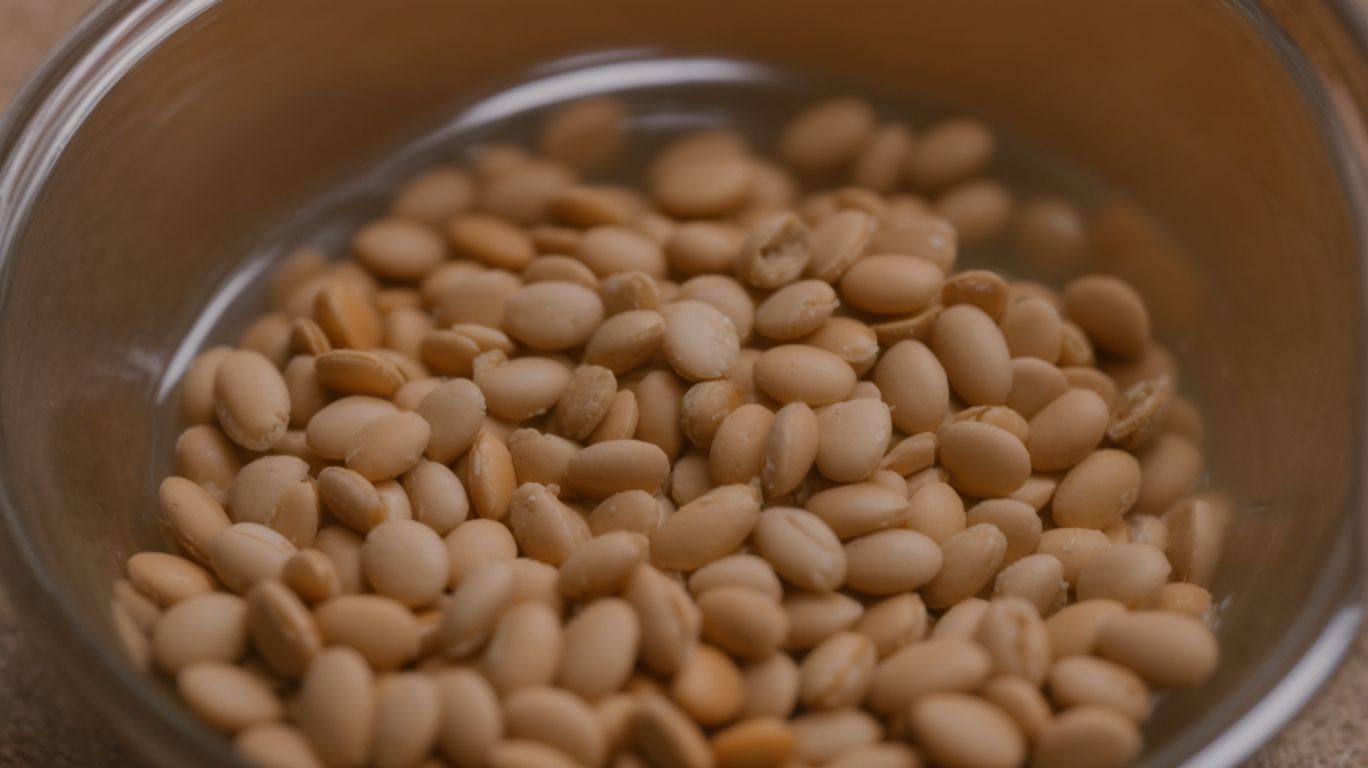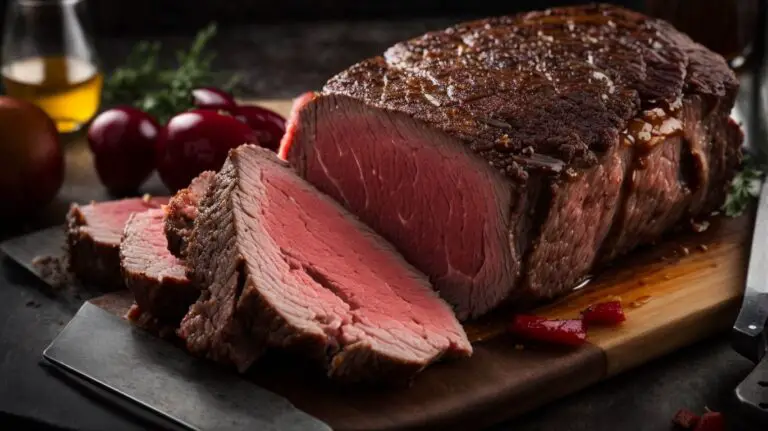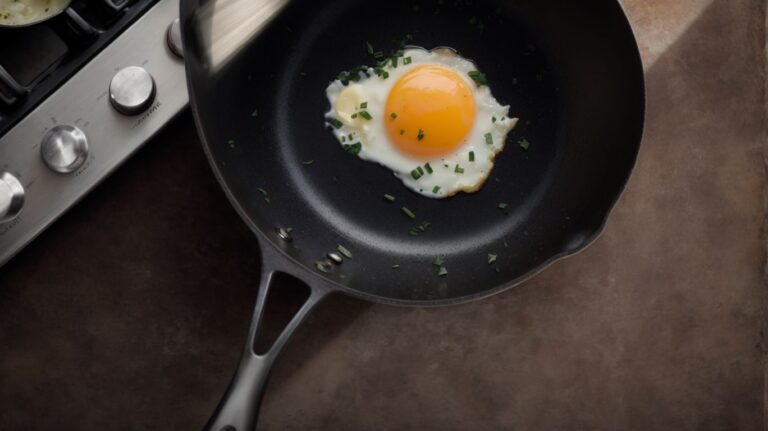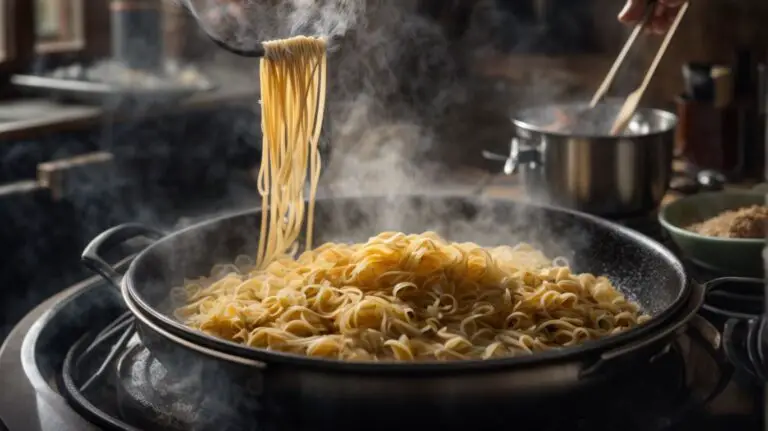How to Cook Great Northern Beans After Soaking?
If you’ve ever wondered about the secrets to perfectly cooked Great Northern beans, you’ve come to the right place.
In this article, we’ll explore the benefits of soaking these hearty beans before cooking, different soaking methods, and how to cook them to perfection.
From stovetop to pressure cooker and slow cooker methods, we’ve got you covered. Plus, we’ll share some mouthwatering recipes using cooked Great Northern beans to inspire your culinary creations.
So, let’s dive in and elevate your bean game!
Key Takeaways:
What Are Great Northern Beans?
Great Northern Beans, also known as white kidney beans, are nutritious legumes that belong to the Phaseolus vulgaris species, renowned for their delicate flavor and creamy texture.
These beans are a popular choice in various cuisines worldwide due to their versatility. Their mild taste allows them to absorb flavors well, making them suitable for soups, stews, salads, and dips. Great Northern Beans are often used as a meat substitute in vegetarian dishes, thanks to their high protein content. Their soft texture also makes them ideal for purees and mashes. Whether seasoned with herbs and spices for a hearty meal or added to a refreshing summer salad, these beans offer a delightful complement to a wide range of dishes.
Why Should You Soak Great Northern Beans Before Cooking?
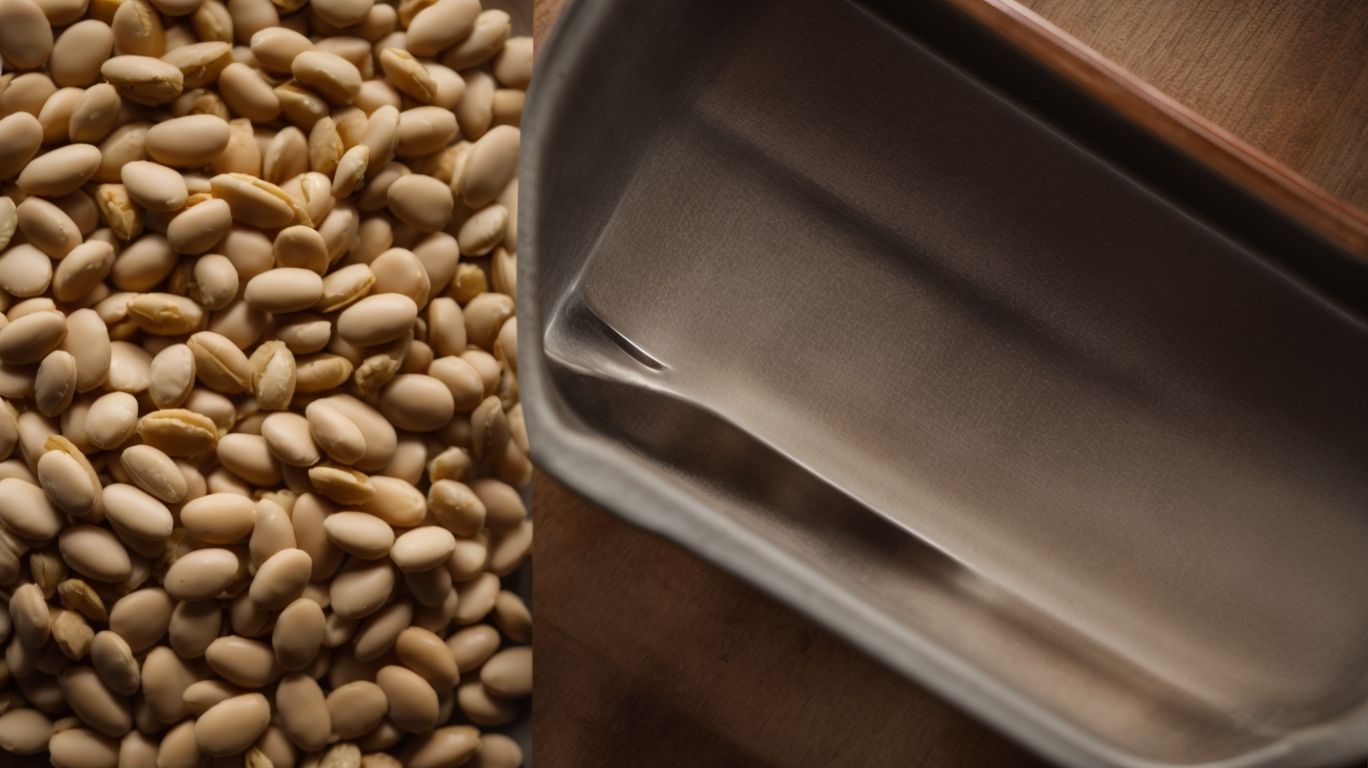
Credits: Poormet.Com – Ryan King
Soaking Great Northern Beans before cooking is essential to improve their texture, enhance flavor absorption, and reduce cooking time, ensuring a delicious and tender end result.
When you soak Great Northern Beans overnight or for at least a few hours, you allow them to rehydrate, making them cook more evenly. This process also softens the beans, enhancing their creaminess and overall mouthfeel when cooked. Soaking helps to reduce the phytic acid content, making the beans more digestible and promoting better nutrient absorption.
Properly soaked beans not only cook more quickly but they also absorb flavors more effectively when you add them to various recipes. Whether you are making a hearty bean soup, a savory stew, or a refreshing bean salad, the soaked beans will take on the accompanying seasonings and aromatics more readily, resulting in a more well-rounded and flavorful dish.
How To Soak Great Northern Beans?
Soaking Great Northern Beans can be done using either the Overnight Soaking Method or the Quick Soaking Method, allowing the beans to absorb water and soften before cooking.
The Overnight Soaking Method involves covering the beans with plenty of cold water and letting them sit overnight, typically for around 8-12 hours. This extended soaking period helps in gradually hydrating the beans, loosening their texture, and reducing the cooking time.
On the other hand, the Quick Soaking Method requires bringing the beans to a rapid boil, removing them from heat, and letting them soak for about 1-2 hours before draining. This method accelerates the absorption process, making the beans ready for cooking much faster.
Overnight Soaking Method
The Overnight Soaking Method for Great Northern Beans involves immersing the beans in water overnight to soften them, reduce cooking time, and improve their overall texture and digestibility.
During the soaking process, the beans absorb water, which starts to break down the complex sugars and indigestible fibers, making them easier to cook and digest. By allowing the beans to soak overnight, you are essentially kickstarting the rehydration process, which ensures a more even and efficient cooking later on. This method not only speeds up the actual cooking time but also helps to achieve that perfect creamy texture inside while maintaining the shape and integrity of the beans.
Quick Soaking Method
The Quick Soaking Method for Great Northern Beans involves rapid hydration by boiling the beans in water for a brief period before allowing them to soak for an hour, expediting the softening process for faster cooking.
During the initial boiling phase, the beans absorb water quickly, kickstarting the hydration process. This method not only saves time but also maintains the nutritional value of the beans. After boiling, transfer the beans to a bowl, cover them with water, and let them sit for an hour. This step enriches the beans with moisture, making them plump and ready for cooking.
By following the Quick Soaking Method, you can enjoy creamy, tender Great Northern Beans in a fraction of the usual time. The softened beans will cook evenly and more efficiently, ensuring a delicious result for your recipes.
How Long Should You Soak Great Northern Beans For?
The ideal soaking duration for Great Northern Beans varies depending on the method chosen, with the Overnight Soaking Method typically requiring 8-12 hours, while the Quick Soaking Method shortens the duration to 1-2 hours.
Ensuring proper hydration is crucial for Great Northern Beans as it helps to soften the beans, reduce cooking time, and enhance their digestibility.
-
Adequate soaking provides several benefits, including even cooking and improved texture.
-
While longer soaking times allow for a slower and thorough rehydration process, the Quick Soaking Method offers a convenient shortcut without compromising on the end result.
What Are The Benefits Of Soaking Great Northern Beans?
Soaking Great Northern Beans offers several benefits, including reduced cooking time, improved digestibility, and enhanced nutrient absorption due to the breakdown of complex compounds, resulting in a more nourishing meal.
Through soaking, the beans soften, which speeds up their cooking process significantly, saving time and energy in the kitchen. This pre-cooking step not only shortens the overall preparation time but also helps in making the beans easier to digest. By breaking down complex carbohydrates and proteins during soaking, it enhances the bioavailability of essential nutrients present in the beans.
Reducing the phytic acid content through soaking further aids in mineral absorption, particularly iron and zinc, promoting better nutritional benefits. The softer texture of soaked beans also adds a creamy consistency to dishes, making them more palatable and versatile in various recipes.
Reduces Cooking Time
Soaking Great Northern Beans significantly reduces the cooking time by softening the beans and accelerating the hydration process, leading to quicker and more efficient meal preparation.
When dried beans like Great Northern Beans are soaked in water, they absorb moisture, causing them to swell and soften. This initial hydration step kickstarts the cooking process by breaking down the beans’ structure and reducing the amount of time needed on the stove. Through soaking, the beans become more pliable, allowing heat to penetrate and cook them faster. This reduction in cooking duration not only saves time but also enhances the overall texture and flavor of the dish, making it a valuable technique for any home cook looking to streamline their recipes.
Improves Digestibility
Soaking Great Northern Beans enhances their digestibility by breaking down indigestible sugars and complex compounds, making the beans easier on the digestive system and reducing the likelihood of gastrointestinal discomfort.
When you soak these beans, you are essentially creating a pre-digestive process that primarily targets the oligosaccharides present in legumes. These oligosaccharides are known for causing gas and bloating due to their resistance to digestive enzymes in the human stomach.
The soaking process helps to neutralize these compounds, making it easier for your body to digest them. This breakdown of complex sugars also aids in the extraction of crucial nutrients from the beans, ensuring better nutrient absorption and overall digestive efficiency.
Enhances Nutrient Absorption
Soaking Great Northern Beans enhances nutrient absorption by deactivating anti-nutrients and enzyme inhibitors, allowing for better assimilation of essential vitamins, minerals, and proteins during digestion.
When these beans are soaked, the process initiates the breakdown of phytic acid, lectins, and other compounds that hinder nutrient absorption. By deactivating these undesirable substances, the Great Northern Beans become easier to digest, leading to increased bioavailability of nutrients. This improved nutrient assimilation aids in maximizing the health benefits derived from consuming legumes.
How To Cook Great Northern Beans After Soaking?
After soaking Great Northern Beans, you can cook them using various methods such as the stovetop, pressure cooker, or slow cooker, each offering unique advantages in terms of flavor, texture, and convenience.
When opting for the stovetop method, you can control the heat to achieve the desired tenderness of the beans. This method allows you to infuse different flavors by adding herbs, spices, or vegetables to the cooking liquid. On the other hand, pressure cooking is perfect for those who seek a quicker cooking process without compromising on taste or nutrition. The high pressure breaks down the beans faster, resulting in a creamy consistency.
- Slow cooking, as the name suggests, is ideal for those who prefer a hands-off approach. You can simply toss the soaked beans with other ingredients in the slow cooker and let them simmer for hours, allowing the flavors to meld together beautifully.
- Experimentation is key here – try different cooking methods to find what suits your preferences best, whether you enjoy them in soups, stews, salads, or as a standalone side dish.
Stovetop Method
The Stovetop Method for cooking Great Northern Beans involves simmering the soaked beans in a pot over low heat with seasonings, creating a savory and aromatic dish with tender beans.
Start by soaking the Great Northern Beans overnight to soften them before cooking. Once soaked, rinse the beans thoroughly to remove excess starch. In a pot, combine the soaked beans with water or broth, ensuring the liquid covers the beans completely for even cooking. To enhance the flavor, consider adding aromatic herbs such as thyme, bay leaves, or rosemary during the simmering process. Maintain a gentle simmer during cooking to avoid overcooking or causing the beans to split. Adding a pinch of salt towards the end of cooking can further elevate the taste profile of the dish.
Pressure Cooker Method
The Pressure Cooker Method for cooking Great Northern Beans utilizes the efficiency of an Instant Pot or pressure cooker to rapidly cook the soaked beans under high pressure, resulting in tender and flavorful beans in a fraction of the time.
When using a pressure cooker, it’s crucial to follow the recommended cooking times and instructions to achieve optimal results. Ensure the beans are soaked for at least 4-8 hours or overnight, which helps in reducing the cooking time and ensures even cooking. Once the beans are soaked, you can add them to the pressure cooker along with water or broth, seasoning such as bay leaves, garlic, or onion, and a dash of oil to prevent foaming.
Set the pressure cooker to high pressure and let it cook for around 20-25 minutes, depending on the desired tenderness of the beans. Once the cooking time is up, allow the pressure to naturally release for a few minutes before carefully venting any remaining pressure. Voila! Your perfectly cooked Great Northern Beans are ready to be enjoyed in soups, salads, stews, or as a nutritious side dish.
Slow Cooker Method
The Slow Cooker Method for cooking Great Northern Beans involves simmering the soaked beans in a crockpot with flavorful ingredients like ham hock and seasonings, resulting in a hearty and tender dish with rich, savory flavors.
Using a slow cooker to prepare Great Northern Beans allows for a gentle and gradual cooking process, ensuring that the beans absorb all the delicious flavors over time. This method not only enhances the taste of the beans but also helps in preserving their nutrients and natural goodness, making it a wholesome meal option. Crockpot cooking is ideal for those who love convenience as it requires minimal supervision and can be left to simmer for hours, allowing you to attend to other tasks while your meal slowly cooks to perfection.
What Are Some Delicious Recipes Using Cooked Great Northern Beans?
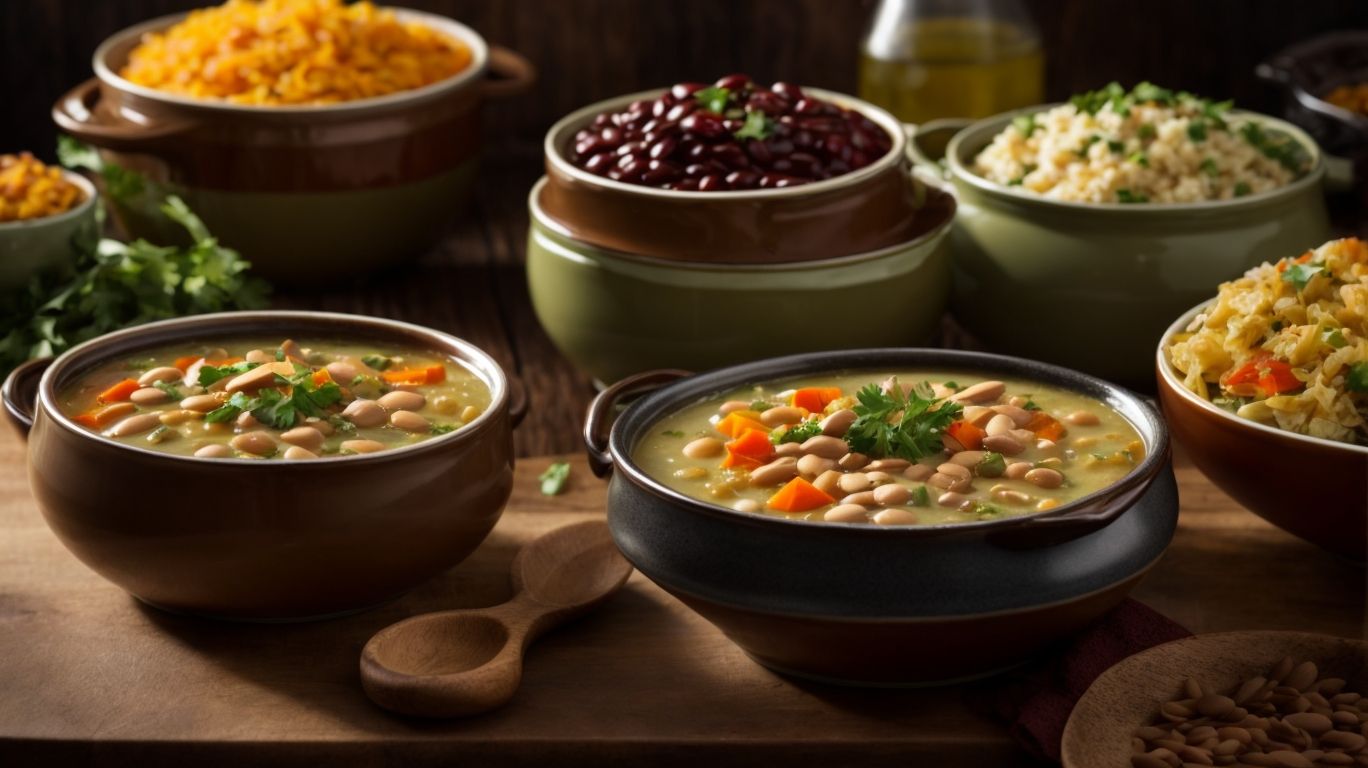
Credits: Poormet.Com – Roy Hall
Cooked Great Northern Beans can be used in a variety of delectable recipes, including White Bean and Kale Soup, Great Northern Bean and Vegetable Casserole, and White Bean and Chicken Chili, each offering a unique blend of flavors and nutritional benefits.
White Bean and Kale Soup is a comforting, nourishing dish that combines the creaminess of cooked Great Northern Beans with the earthy flavor of kale, creating a wholesome meal perfect for chilly evenings. To prepare this dish, sauté onions and garlic in olive oil, add chopped kale, broth, and cooked beans, simmer until flavors meld.
On the other hand, the Great Northern Bean and Vegetable Casserole is a hearty vegetarian option packed with an array of colorful veggies, herbs, and beans topped with a crispy breadcrumb crust.
White Bean and Kale Soup
White Bean and Kale Soup is a nutritious and flavorful dish that combines cooked Great Northern Beans with vibrant kale, aromatic seasonings, and a savory broth, simmered to perfection for a comforting and wholesome meal.
Start by sautéing onions, garlic, and carrots in a large pot until they soften and become aromatic. Add diced tomatoes, vegetable broth, and a hint of red pepper flakes for a subtle kick. Stir in the Great Northern Beans and let the soup simmer gently to allow the flavors to meld together. Add the kale a few minutes before serving, letting it wilt slightly but still retain its vibrant color and freshness.
The beauty of this soup lies in its simplicity and the way each ingredient contributes to a harmonious blend of flavors. It’s not only delicious but also packed with nutrients, making it a perfect choice for a nourishing meal on a chilly day.
Great Northern Bean and Vegetable Casserole
Great Northern Bean and Vegetable Casserole is a delightful blend of cooked beans, assorted vegetables, aromatic seasonings, and a golden crust, baked to perfection for a hearty and satisfying dish.
In terms of selecting the vegetables for this casserole, consider a colorful mix like bell peppers, zucchini, carrots, and onions for both flavor and visual appeal. These veggies not only add a variety of textures but also complement the creamy beans excellently. The baking process is key to melding all these flavors together – slow baking allows the ingredients to develop deep flavors while ensuring a tender, yet not mushy, result.
Seasoning plays a crucial role in enhancing the taste profile of the casserole. Opt for a blend of garlic, thyme, and a dash of paprika to infuse the dish with a rich aroma and depth of flavor. The beauty of this recipe lies in its adaptability; feel free to experiment with your favorite herbs and spices to create a personalized taste that suits your palate. Remember, seasoning should always be to taste, enhancing the natural flavors without overpowering them.
White Bean and Chicken Chili
White Bean and Chicken Chili is a zesty and protein-rich dish that features cooked Great Northern Beans, tender chicken, aromatic seasonings, and a hint of spice, simmered together for a hearty and flavorful chili experience.
To enhance the depth of flavors in this delectable dish, you can start by sautéing onions, garlic, and bell peppers in a large pot until they turn soft and fragrant. Adding cumin, chili powder, oregano, and a pinch of cayenne pepper can elevate the taste profile and give it that authentic chili essence. For extra richness and thickness, a dollop of tomato paste or crushed tomatoes is often included. Allowing the ingredients to meld together over low heat intensifies the flavors, creating a well-balanced and satisfying chili.

